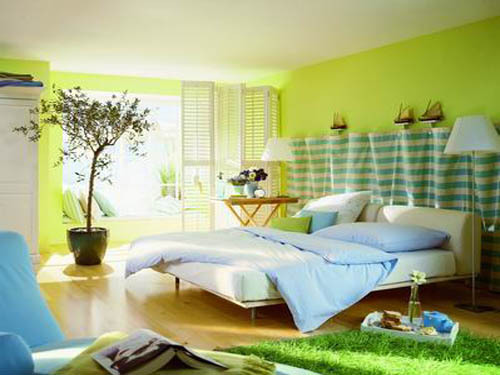
At present, the development of the domestic coating industry faces many constraints: In terms of regulations and policies, there is a strong constraint on new "Environmental Protection Law" and irresistible factors such as consumption tax; there is a more pressing need to implement the "Made in China 2025" strategy. Requirements for upgrades; Obligations to significantly reduce VOC emissions in the control of air pollution control haze. Therefore, in the current domestic paint market, traditional solvent coatings and green paints are undergoing a fierce battle, which is exactly where they come from, and see below.
The first is the PK of market space. According to statistics, in 2014, China’s paint output reached 16 million tons. Among them, the ratio of high-solvent traditional coatings is more than 50%, and the rest are water-based coatings, powder coatings, and other high solids coatings. From the data point of view, traditional coatings clearly have the upper hand. Due to the low price and reliable performance of traditional coatings, coupled with the long-term use of inertia in the downstream, there is still a large proportion of sales. Especially in the field of heavy anticorrosion such as COOEC (13.66, -1.52, -10.01%), shipbuilding, petroleum and petrochemicals, it seems to have strong competitiveness. However, if traditional coatings are rapidly exiting from furniture, decoration, cars, buses, high-speed trains, subways, and other related areas closely related to the public, new green paints are emerging. Although the two countries currently have two points in the world, combined with the fact that the European Union had issued ** orders for solvent-based paints in 2008, green substitution is the general trend. More countries and regions follow the example of time. At the same time, as the heavy anti-corrosion field mentioned above is a major VOC emitter, it is very likely to become the next focus of supervision and substitution. Therefore, from the perspective of expanding market space, the potential competitiveness of new green paints is higher than that of traditional paints. The final result of PK is obviously the green paint wins.
Followed by the tax and investment PK. Starting from February 1 this year, China began to impose a 4% consumption tax on paint and imposed a consumption tax on coatings with VOC content exceeding 420 g/L during construction. Obviously, in the production and painting fields, the initial response of the market to consumption tax is to stimulate the transfer of prices. However, under the conditions of serious imbalance between supply and demand, the increase in product prices can only be wishful thinking; the end result is that the coating industry is more selective about paint selection. The VOC control during construction is more stringent. Under such circumstances, does the company control costs to reduce the negative impact of taxation, or does it increase the cost of environmental protection to reduce VOC emissions and tax exemptions? I believe that companies will make wise choices. In the long run, the production enterprises will have to upgrade their industries with technological advancement, and through environmental protection upgrades, they will eventually produce green products. Otherwise, they will easily be marginalized by the market. It can be seen that the former has more sustainable development prospects than the passive investment in environmental governance and passive taxation. In this way, green paint won again traditional paint.
Again, the PK of coating costs. At present, the reason why traditional coatings still occupy more than half of the market share is due to the inertia of the painting industry. Many coating companies have stated that if water-based or other green coatings are used, it is necessary to change coating lines and spraying equipment, which requires a considerable investment. In fact, in the process of implementing the conversion of the coating line, if the active selection of advanced equipment and technology, the input-output ratio is still very cost-effective. For example, the traditional air-conveying spray coating process has a paint utilization rate of only about 40%. With the use of automated electrostatic spray technology, the paint utilization rate can be increased to over 80%, and the efficiency can be significantly increased to highlight the comprehensive cost advantage. Obviously, from the long-term perspective, this is of great benefit to the industry chain. Once coating companies begin to replace equipment, the replacement of green paint will also expand.
In summary, as a high emission VOC industry, the era requires that the coating of paints should pay special attention to green development. It will be self-evident that who will lead the paint market in the future.
5+5 Smart Glass,Sunroof Switchable Glass,Sunroof Privacy Glass,Skylight Privacy Glass
Shenzhen Filmbase Technology Co., Ltd. , https://www.globalfilmbase.com
